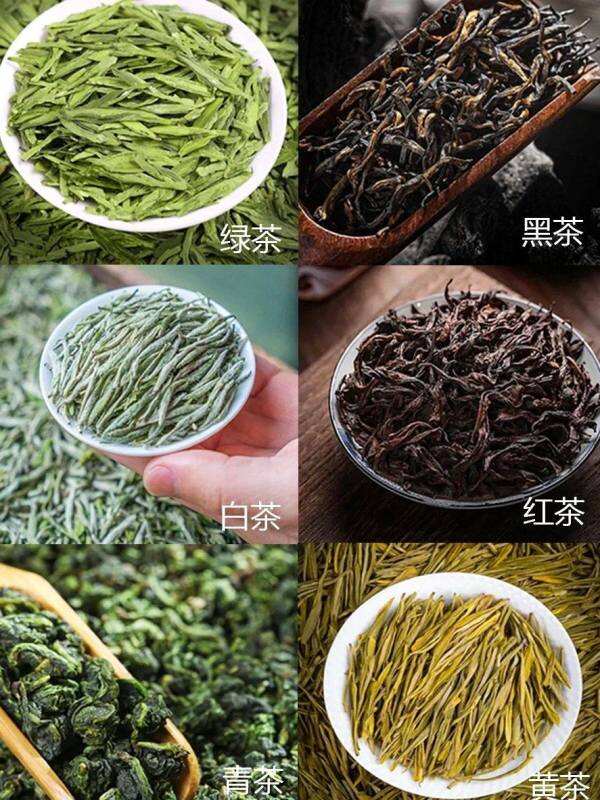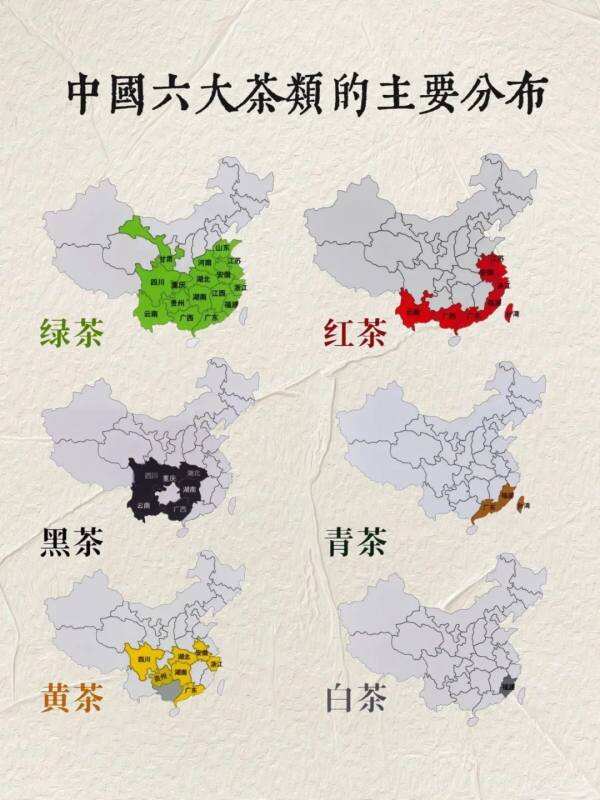Exploring the 6 Main Types of Chinese Tea (+ Brewing Tips & Fun Facts)
If you’ve ever typed “types of Chinese tea” into a search bar, you’re probably curious about what makes Chinese tea so special. With thousands of years of history, China’s tea culture is as rich and diverse as its landscapes. From earthy, bold flavors to delicate floral notes, Chinese teas offer something for every palate. Let’s dive into the six classic types of Chinese tea, their unique traits, and how to enjoy them like a pro.
Why Chinese Tea? A Quick Backstory
Tea originated in China over 4,000 years ago, and today, it’s still at the heart of daily life and ceremonies. Whether it’s a casual family gathering or a formal Gongfu Cha (功夫茶) ritual, tea connects people. But before you brew a cup, let’s break down the six main types of Chinese tea, categorized by their fermentation levels.
1. Green Tea: The Fresh & Antioxidant Powerhouse
Fermentation: 0% (unfermented)
Flavor Profile: Grassy, fresh, slightly sweet or nutty.
Popular Varieties:
Longjing (Dragon Well): Hailing from Hangzhou, this flat-leaf tea is buttery and smooth.
Biluochun: From Jiangsu, it’s known for its fruity aroma and spiral-shaped leaves.
Why Try It?
Green tea is packed with antioxidants like EGCG, believed to boost metabolism and heart health. Brew it right (use water at 175°F/80°C) to avoid bitterness!
2. Black Tea: Bold & Full-Bodied
Fermentation: 100% (fully fermented)
Flavor Profile: Malty, smoky, or honey-like.
Popular Varieties:
Keemun (Qimen Hongcha): A fruity, wine-like tea from Anhui.
Dian Hong: Yunnan’s signature black tea with golden tips and a sweet finish.
Fun Fact:
In China, it’s called hong cha (“red tea”) because of its reddish brew. Perfect with milk or sugar—though purists might cringe!
3. Oolong Tea: The Complex Middle Ground
Fermentation: 10–70% (semi-fermented)
Flavor Profile: Ranges from floral (light oolong) to toasty (dark oolong).
Popular Varieties:
Tieguanyin (Iron Goddess): A creamy, orchid-scented oolong from Fujian.
Da Hong Pao (Big Red Robe): A rare, mineral-rich rock tea from Wuyi Mountain.
Pro Tip:
Oolong is great for multiple infusions. Use a small teapot and steep each batch for 20–30 seconds to unlock layered flavors.
4. White Tea: Delicate & Minimalist
Fermentation: 10–20% (lightly fermented)
Flavor Profile: Subtle, sweet, with hints of melon or honey.
Popular Varieties:
Baihao Yinzhen (Silver Needle): Made from young tea buds, it’s the “champagne” of white teas.
Shou Mei: A bolder, earthier option with mature leaves.
Why It’s Unique:
White tea is sun-dried with minimal processing, preserving its natural enzymes. Ideal for beginners!
5. Yellow Tea: The Rare Gem
Fermentation: 10–30% + a “men huang” (闷黄) oxidation step.
Flavor Profile: Mellow, smooth, with a golden hue.
Popular Varieties:
Junshan Yinzhen: A rare tea from Hunan, with needle-like leaves and a chestnut aroma.
Did You Know?
Yellow tea was once reserved for emperors. Its production is tricky—a slight misstep turns it into green tea!
6. Dark Tea: Aged & Earthy
Fermentation: Post-fermented (microbes work their magic over time).
Flavor Profile: Woody, earthy, sometimes smoky.
Popular Varieties:
Pu’erh: From Yunnan, it’s sold as raw (sheng) or ripe (shou). Ages like wine!
Anhua Heicha: A Hunan specialty, often pressed into bricks.
Health Perk:
Dark tea is loved for aiding digestion. In Mongolia, it’s boiled with milk and salt for a hearty drink.
Bonus: Beyond the Basics
Jasmine Tea: Green tea scented with jasmine flowers—a fragrant crowd-pleaser.
Compressed Tea: Think Pu’erh cakes or “bird’s nest” Tuocha. These age beautifully!
How to Brew Chinese Tea Like a Pro
Water Temperature Matters:
Green/white teas: 160–185°F (70–85°C).
Oolong/black/dark teas: 195–212°F (90–100°C).
Teaware Tips:
Use a gaiwan (lidded bowl) for oolongs or greens.
Yixing clay pots enhance dark teas’ flavors over time.
Common Myths Busted!
“Pu’erh is a black tea.” Nope—it’s a dark tea due to post-fermentation.
“All green teas taste bitter.” Not if you brew them correctly!
Chinese Tea Today: From Tradition to Trendy
While tea ceremonies remain sacred, modern twists are everywhere:
Bubble Tea: Originated in Taiwan, now a global obsession.
Cold Brew: Try cold-steeping Longjing for a refreshing summer drink.
Final Sip
Exploring the types of Chinese tea is like unlocking a flavor universe—one steeped in history, science, and art. Whether you’re sipping a delicate white tea or a robust Pu’erh, each cup tells a story. So grab a teapot, experiment with brewing styles, and find your favorite!
Got questions? Drop them below—we’re here to help you brew better!














Add comment
You must be logged in to post a comment.